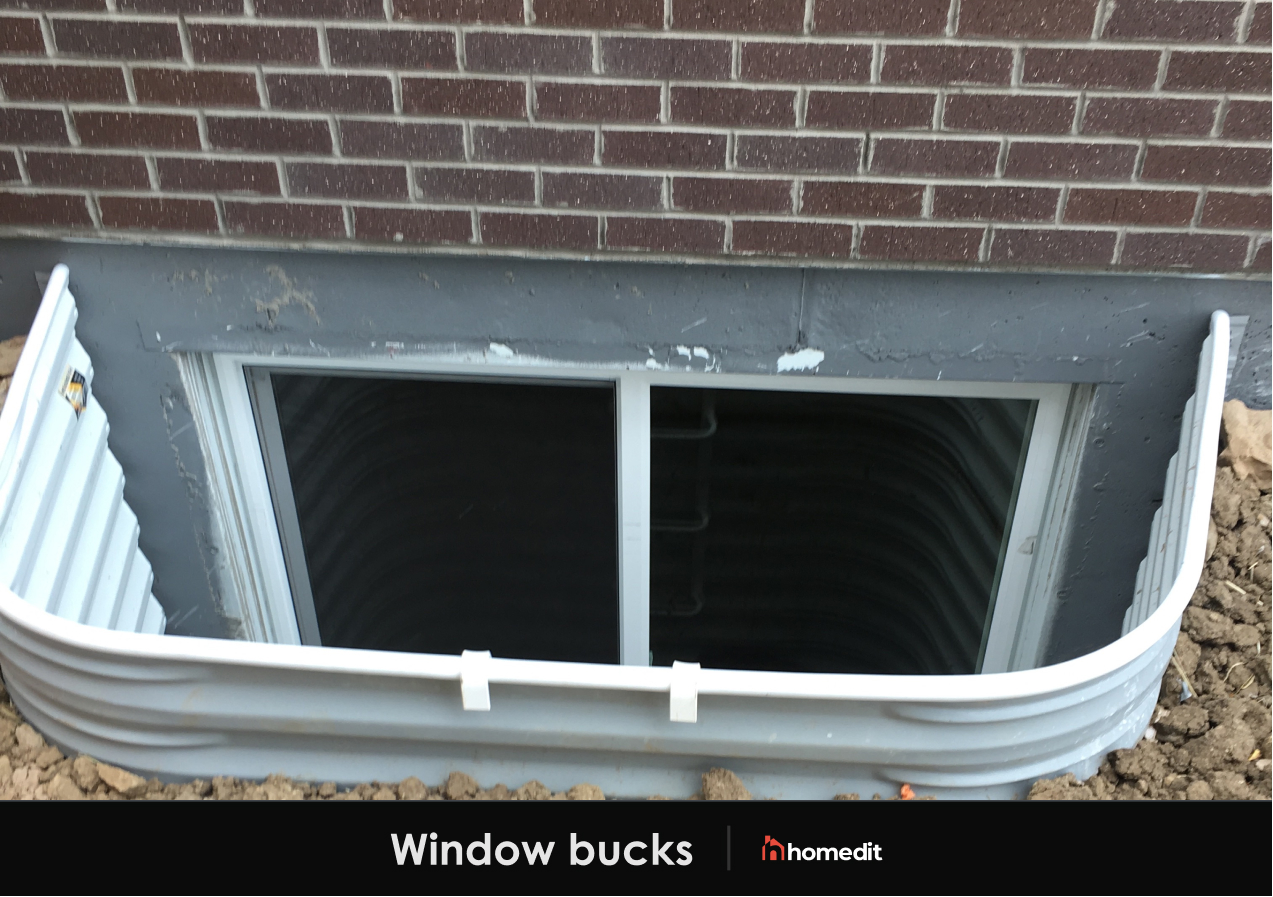Water in Basement: How it Gets in and Why It is Dangerous
Finding water in your basement may not be the end of the world, but it is a sign of an underlying problem.
Water getting into your basement is dangerous, expensive, and time-consuming to find, prevent, and clean up. Tend to it as fast as possible – once you find the problem, there are numerous ways to solve it.
Wet Basements Can Be Dangerous
Any amount of water in a basement can be dangerous. Get it dried up as soon as possible. Then find and resolve the leaking problem. If you don’t correct the water leak, you may deal with one or more of these issues in your basement:
- Pests. A warm, wet, and dark environment is perfect for cockroaches, rodents, and other insects.
- Bacteria. Mold, mildew, and bacteria thrive in moist locations. Black mold can cause asthma attacks, breathing difficulties, coughing, wheezing, and a possibility of fungal infections, among other ailments.
- Smell. Standing water, combined with pest poop, bacteria, and wet carpet and furniture, stinks. The musty smell can waft through your entire home.
- Electrical. Water is an excellent electrical conductor. Water in a basement can cause shorts, shocks, and electrocution. Turn the power off before drying and cleaning.
- Structure. Standing water rots wooden framing and rusts metal.
- Slipping Hazard. Smooth, painted concrete is slippery. Add a little water, and it becomes a hazard.
- Mites. Water in basements increases humidity. Once humidity gets over 60%; dust mites multiply quicker.
- Resale Value. Although not dangerous, water stains in your basement will lower the resale value or even lose potential customers when you sell.
Rain is the Leading Cause of Wet Basements
Heavy rains saturate the soil around your basement. Water then enters your basement because of the pressure.
Hydrostatic Pressure
Water weighs around 60 pounds per cubic foot. Saturated soil around your house can exert thousands of pounds of hydrostatic pressure against the basement walls and floor. Given that constant pressure, water eventually seeps through small gaps and cracks in the basement walls and floor.
Hydrostatic pressure increases with depth. Therefore, there is more pressure at the base of your basement wall than at the top.
Lateral Pressure
Lateral water pressure is the pressure created by water in a horizontal direction. It increases as the depth increases because of the additional pull of gravity.
Common Water Entry Points
Water finds gaps and cracks in basement walls and floors and the external pressure forces it inside.
Note: Water pressure not only causes basement leaks but can be the cause of cracked walls and floors. Also in cold climates, the soil can freeze down to 4’ deep and more, causing extra pressure on basement walls as the groundwater expands.
Cove Joints
Concrete basements are often poured in a 3-step process–footings, walls, and floors. The walls sit on the footings creating a cove joint. Next, the floor is run against the footing creating another cove joint. Sometimes called a cold joint.
Enough rain, hydrostatic, and lateral pressure will force water through these joints–even though they look solid. Heavy rains can also get under the foundation allowing hydrostatic pressure to force water through cracks and gaps in the floor.
Note: We live someplace where natural springs are common–creating another source of water under the floor. An internal weeping tile system draining into the sump pump pit has helped keep the basement dry for 15 years.
Wall Cracks and Holes
Concrete foundations are not waterproof. Concrete blocks can have mortar failure. Poured concrete can have form-tie holes and cove joint gaps. Both can have cracks. To prevent water penetration, all foundations should have an exterior sealant applied and weeping tile around the footings.
Sometimes these safeguards fail from improper installation or are just overwhelmed by the amount of water and pressure build-up.
Windows and Doors
Having a door that opens directly into your basement is convenient. Unfortunately, water can pour down the stairs into the pit and enter the basement under the door sweep or sill and around the frame.
Note: Basement door pits should be constructed with a drain connected to the weeping tile.
Windows are another weak water spot. Many of them are the original products installed inside the bucks. Quite often partially below grade with a window well–of some description–to keep groundwater flowing from them.
Note: Window bucks are usually constructed from 1 ½” thick dimensional lumber. These open frames are poured into the concrete foundation to accept windows. Building codes require them to be pressure-treated wood. Many older ones are not and will be rotted–allowing water into the basement.
Water in the Basement – From the Inside
Water can accumulate in your basement from inside sources.
- Sewer Backup. Sewer backup is often caused by rain. Too much rain or fast snowmelt can overwhelm city drainage systems. The water has nowhere to go but back into sewer pipes. A sewer backup prevention valve can save a lot of trouble.
- Broken Pipe. A broken water pipe can be caused by age, too much sudden pressure, a loose connection, or a DIY project driving a nail or screw in the wrong place.
- Overflows. Almost invariably, the surge from running water and clogged sinks, tubs, showers, or toilets will end up in the basement. It is the lowest spot, and water runs downhill.








